
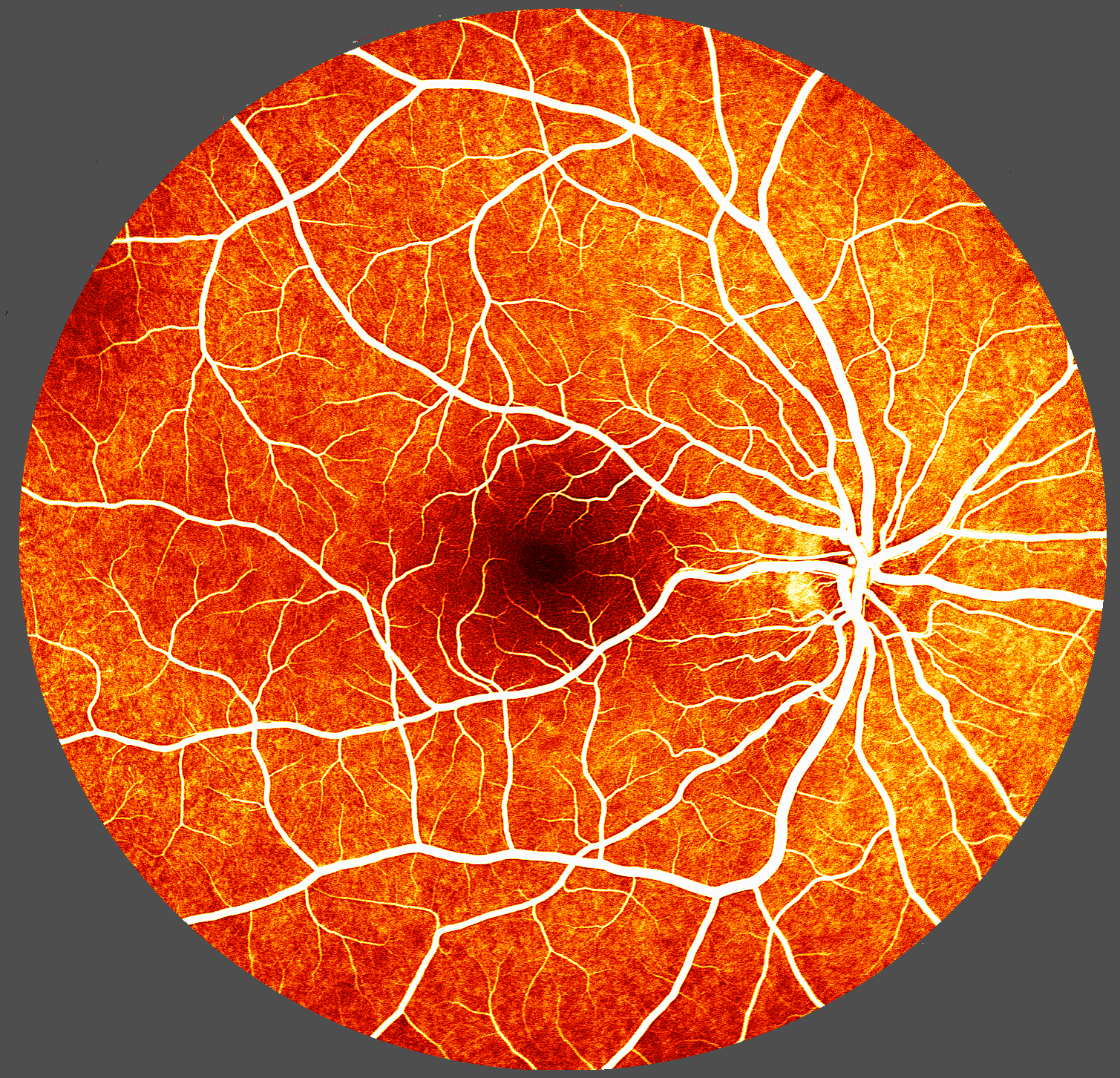
+357 25 87 87 88
What is a Cataract
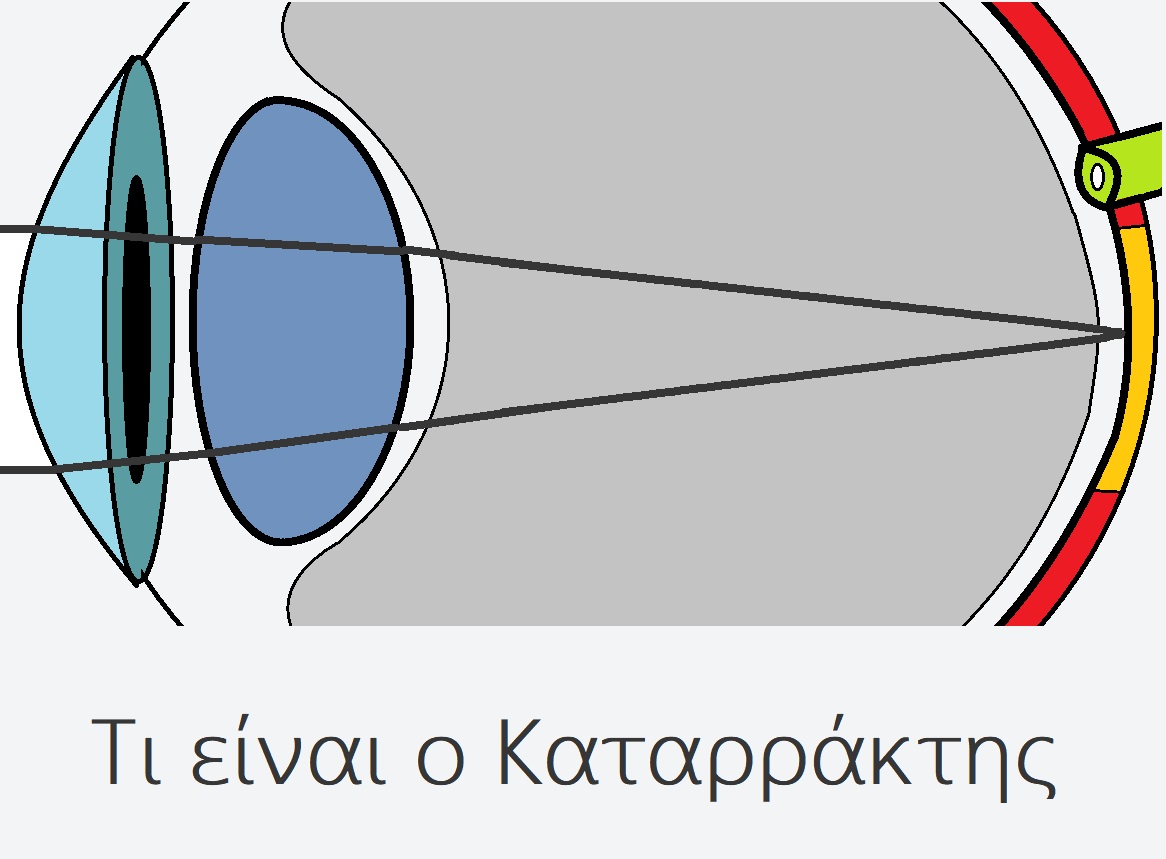
The eye is like a photographic camera. It has two lenses in the front (the cornea and the crystalline lens ) and a photographic film at the back, the retina and macula , which capture the image and send signals via the optic nerve to the brain so that we can process the visual image.

The crystalline lens is formed at the time when we are embryos. In children and young adults, the lens is very flexible so that it can change its shape for the eye to focus at distance or near as needed. After the age of 45 or 50, the lens looses enough flexibility and its ability to focus for near is significantly compromised, so people start needing glasses for near work. Later on in life, usually (but not always) over the age of 60, the crystalline lens can start loosing its clarity, which causes blurred vision. This is the definition of a cataract.


Some of the first symptoms of cataract is the glare at night from lights, which can make night driving difficuly. As the cataract progresses, daytime glare also appears. With further progression of cataracts, the vision looses contrast and colours become dull.


There are actually various types of cataract and each type can cause different symptoms, including an increase in shortsightness which may initially help with reading but as it progresses it degrades the quality of vision.
When a patient is no longer happy with the quality of vision due to their cataract, a decision is made to treat this. This is done by replacing the cloudy lens with a clear acrylic lens implant.
Management of Cataract
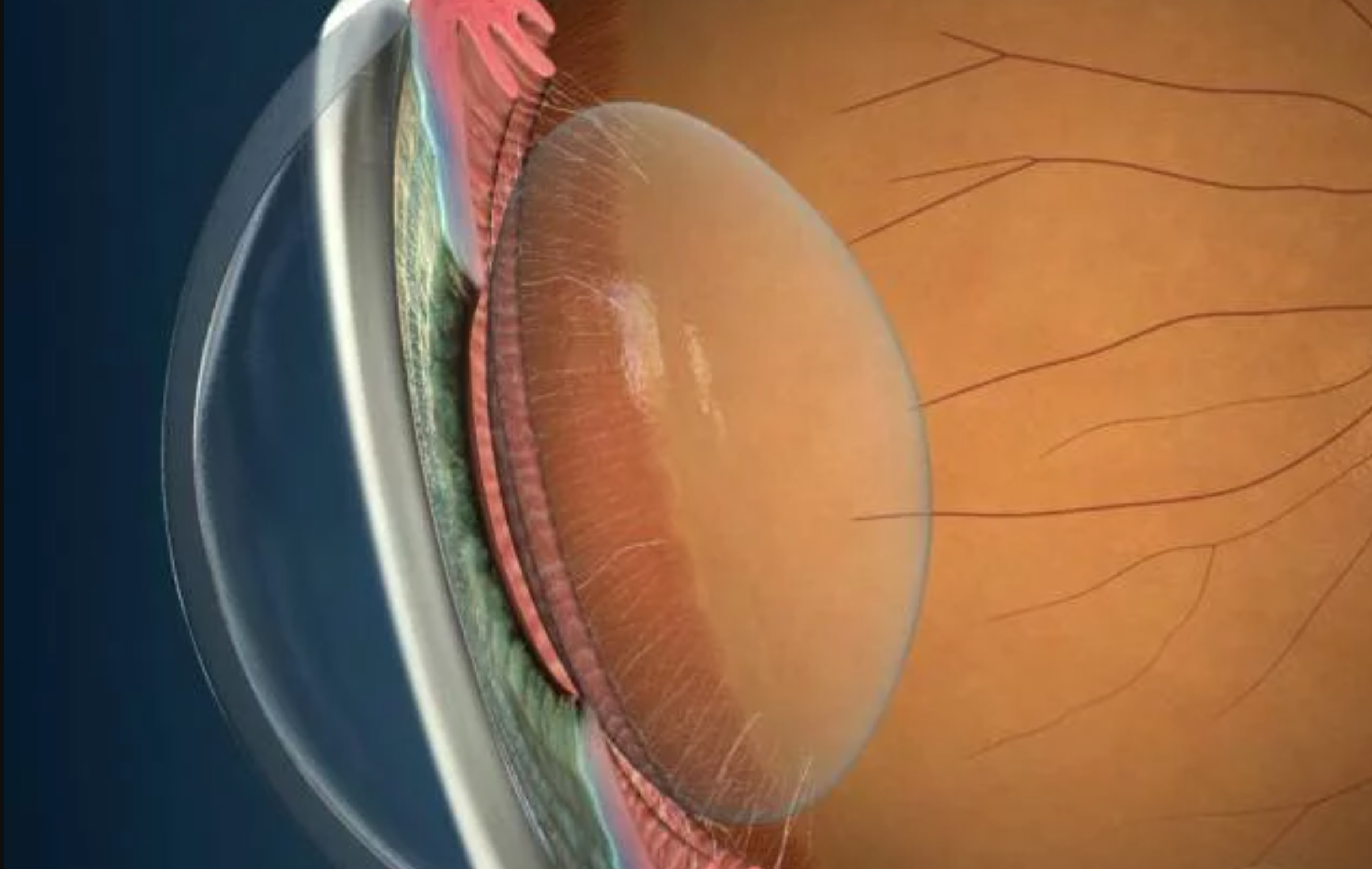
During cataract surgery, the surgeon removes the cataract, which is surrounded by a transparent membranous bag and inserts a new lens implant in the same space within the membranous bag.
The best possible outcomes following cataract surgery depend on a number of conditions.
1) The careful pre-operative assessment of the eye for any co-existing eye disease
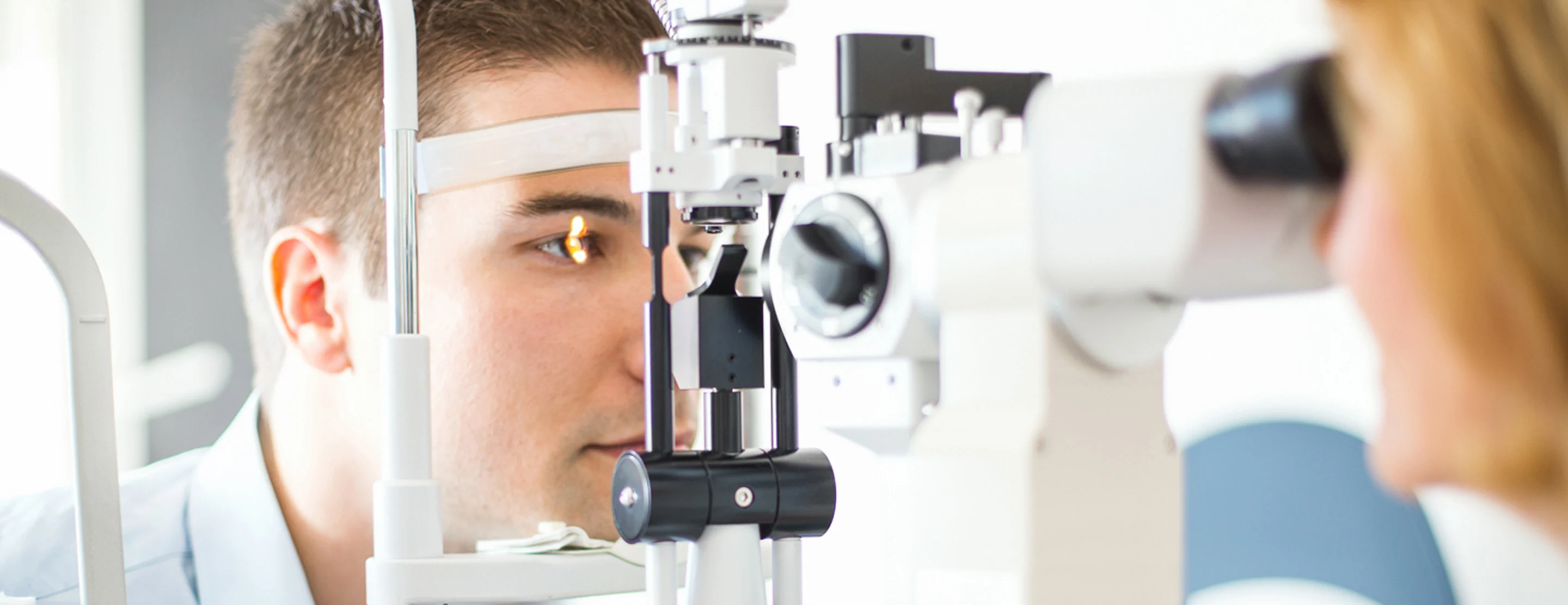
With out treatment, some types of eye disease can either worsen following cataract surgery. Moreover, other eye conditions can complicate surgery unless the surgeon recognises their existence and takes appropriate steps.
2) The assessment of the physical and optical properties of each eye
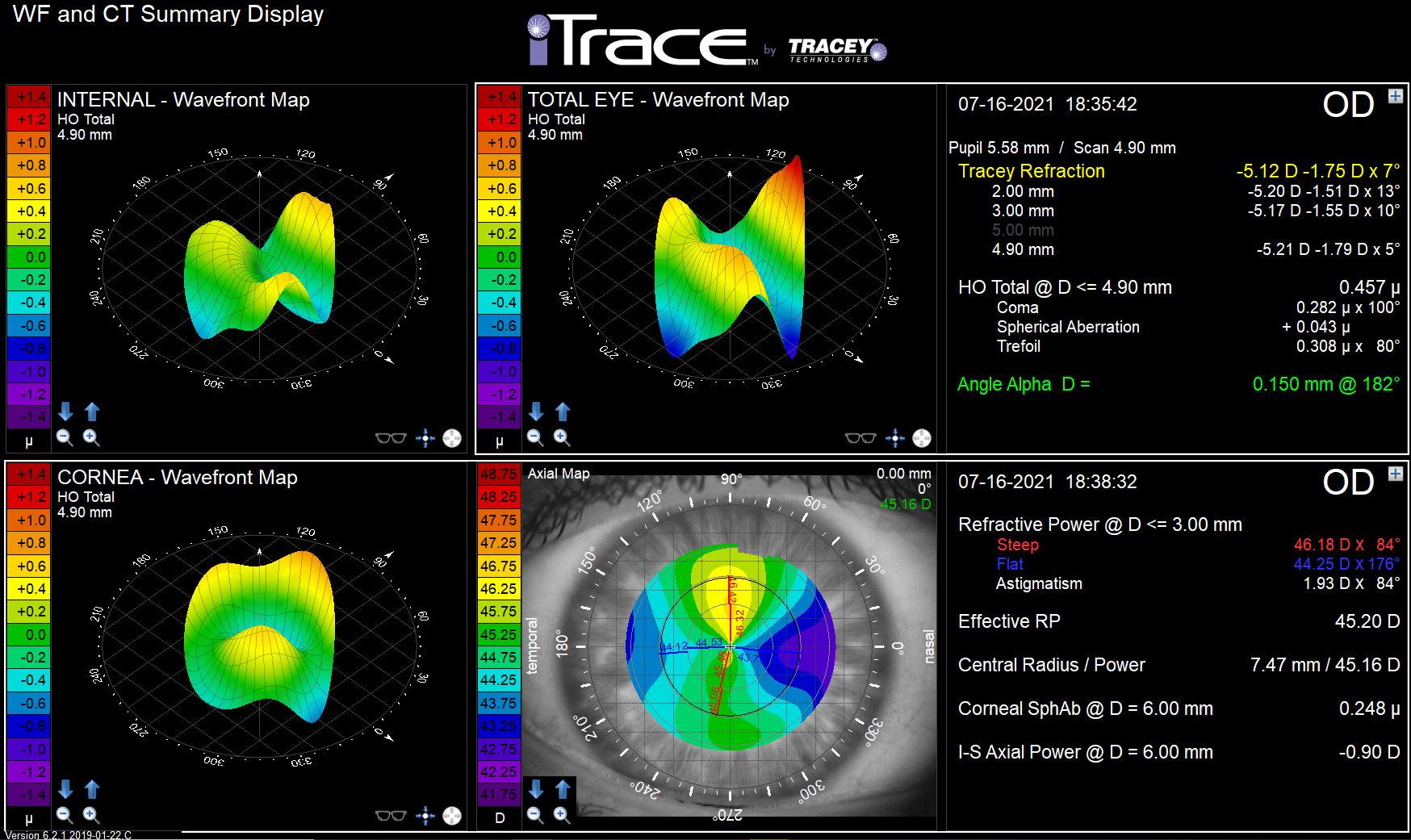
Even for completely healthy eyes, the optical properties can vary quite considerably between people. The analysis of these properties using highly advanced instruments such as laser biometry and wavefront with ray tracing can help find the most appropriate type of lens implant for the individual patient. For many patients, this enables the choice of specialised implants that can simultaneously correct astigmatism and near-sightedness, as well as the myopia and hyperopia that standard lens implants can achieve.
3) Exploring the patient's needs and wishes

Depending on the patient's lifestyle and profession, surgeons would take all that into account when discussing treatment choices. For example, professional drivers tend to prioritise far distance vision and especially night vision over near vision. On the other hand, most people focus for many hours a day at intermediate distances, in front of a PC monitor and many people still use near focus on the top of their desk when reading or writing. Patients are encouraged to discuss their needs so that the best possible solution is found for their needs and wishes.
4) Having cataract surgery by an experienced and skilled surgeon
